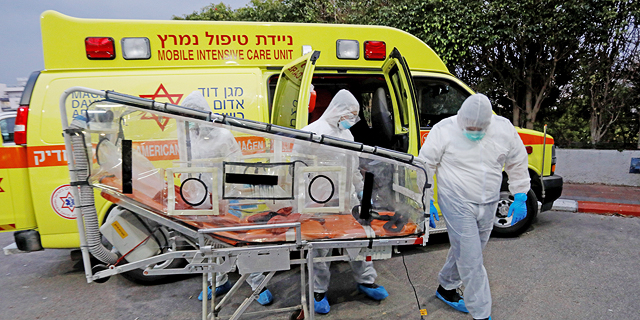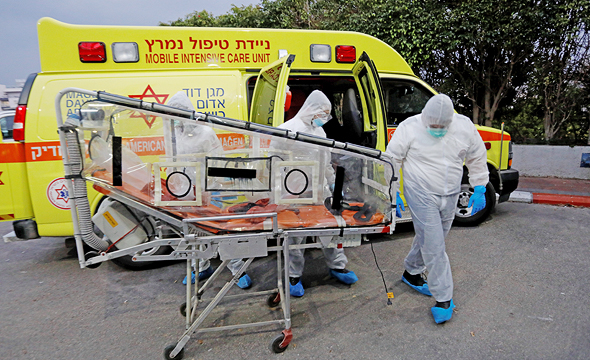
Coronavirus
Israel Sets Up Three Group Recuperation Facilities for Corona Patients
Israel’s Minister of Defense Naftali Bennett ordered the establishment of three facilities in Israel’s north, center, and south, with the intention to remove non-severe infection cases from home-quarantine and lessen the risk to families
Omri Milman | 16:31, 15.03.20
Israel’s Minister of Defense Naftali Bennett has ordered the establishment of three group recuperation facilities for non-severe coronavirus (Covid-19) cases. The facilities—one in Israel’s north, one in its center, and one in its south—are expected to be set up within a week or less and start accepting patients within the next few days, according to Bennett.
“Already, we are looking for locations,” Bennet said, adding that the facilities will probably be established in existing hotels, empty youth complexes, and hostels. “I want the conditions to be good. Those who are carriers and in excellent health, most of them young people, will be sent there.” He further said that people arriving at the facilities can be assured of the place being well-kept, with medical staff and an option for social interactions. The purpose of the facilities is to isolate carriers who are asymptomatic or have only minimal symptoms, around 80% of those infected with the coronavirus. According to Bennet, all diagnosed patients are currently hospitalized, which is both inefficient and expensive. He also criticized the current home-quarantine measures. “For carriers, it takes around five weeks in complete isolation until the virus leaves the body. There are many issues. Those who do not live in a villa but in a three-four bedroom apartment will very likely infect their family. The Chinese and South Korean experience shows that the family will get infected.” The second problem with home-quarantine, Bennet said, is terrible logistics—with 600 carriers each stuck at their own home, medical monitoring is difficult as well as getting to each individual to administer a test before they can be released, “and when they are released you need to make sure the tests are negative.”